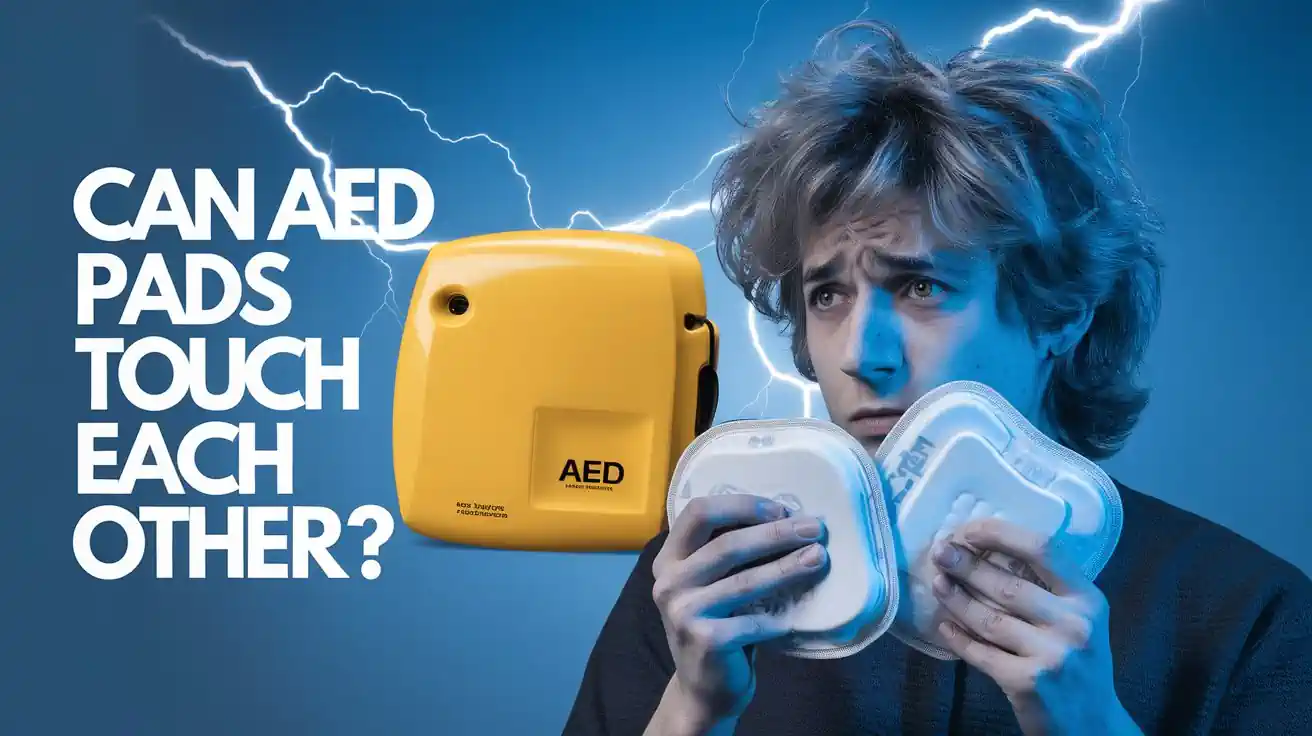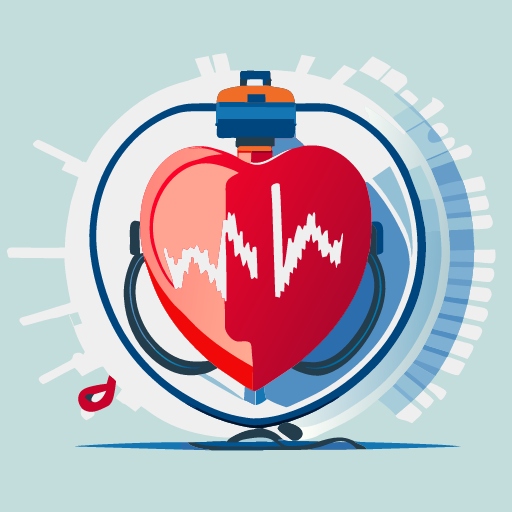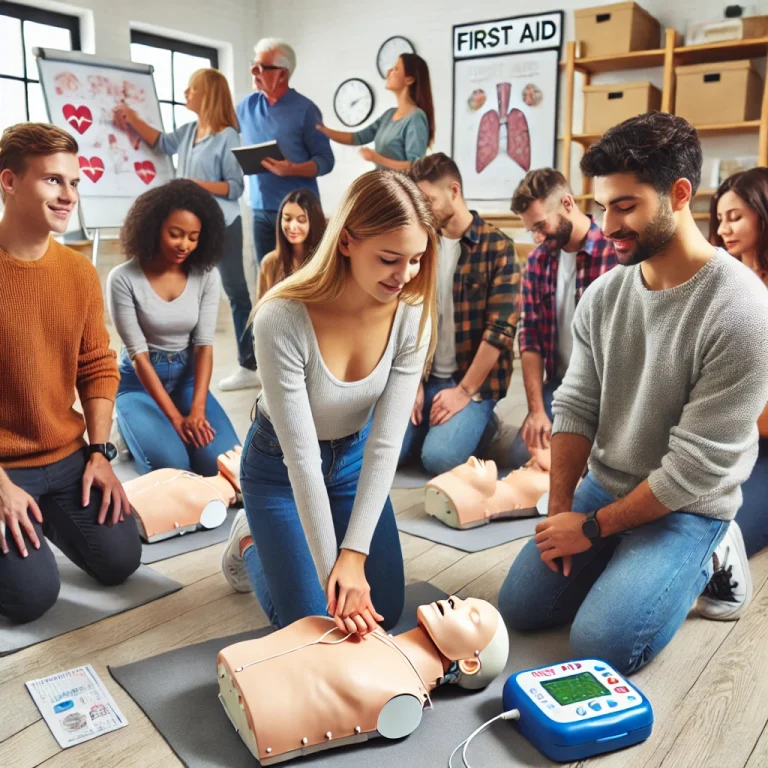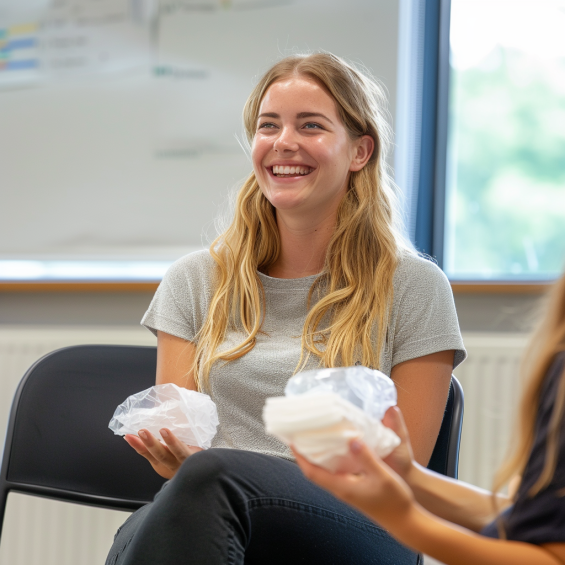Can AED Pads Touch Each Other?
Key Takeaway
Keep those pads apart. Trust the AED’s instructions. And most importantly, act fast but smart—you’ve got this.
Alright, let’s cut to the chase: AED pads should never touch each other. It’s not just a minor detail—it’s the difference between saving a life and wasting precious seconds. Don’t worry, though. By the end of this, you’ll feel like an AED pro, ready to act like a champ.
Why Pad Placement Matters
Picture this: you’ve got an AED in hand, someone’s life depends on you, and the device is counting on proper pad placement to deliver a shock that could restart their heart. AEDs are designed to send a jolt of electricity through the heart, resetting its rhythm. To do this, the pads need to be placed just right—one on the upper right chest (below the collarbone) and the other on the lower left side, just under the armpit. This diagonal placement ensures the shock travels the right path.
What Happens if Pads Touch?
Spoiler alert: if the pads touch, the electric shock takes a shortcut. Instead of traveling through the heart (where it’s needed), it zips between the pads, making the shock useless. Translation: zero life-saving magic. Keeping those pads apart is a non-negotiable.
But What If They Touch Before Placement?
Relax—if the pads accidentally touch each other while you’re peeling them or moving quickly to place them on the patient, it’s not going to cause an explosion or any damage. AEDs are smart devices. They won’t deliver a shock unless the pads are correctly placed on a body and the device detects a shockable rhythm. So, no worries if they briefly come into contact before placement; just separate them and keep going. Time is precious in emergencies, so focus on getting the pads in the right spots.
Common Scenarios That Can Trip You Up
- Tiny Torsos (We’re Looking at You, Kids): Let’s face it, kids and smaller adults don’t come with a lot of chest real estate. In these cases, the pads might overlap. Most AEDs have pediatric pads or a child mode to handle this—your secret weapon for these situations. No pediatric pads? No problem. Go for the front-and-back method (one pad on the chest, the other on the back).
- Stress-Induced Oops Moments: Emergencies are chaotic. Misplacing pads in the heat of the moment can happen to anyone. But take your time and trust the diagrams on the pads. They’re there to help, even if your brain feels like it’s short-circuiting.
Pro Tips to Keep Pads Apart
- Check Your Gear: Make sure you’ve got the right pads. Pediatric pads exist for a reason, so don’t ignore them.
- Follow the Visuals: AED pads are like IKEA instructions—just easier to follow (and less Swedish). Take a second to glance at the diagrams.
- Go Front-and-Back When Necessary: For smaller bodies, one pad goes smack in the middle of the chest, the other on the back. Boom, problem solved.
Trust Your AED—It’s Got Your Back
Here’s the best part: AEDs are designed to guide you. Most will literally talk you through the process, offering step-by-step instructions and even pausing to make sure you’ve got it right. So, breathe. You’re not doing this alone.
Final Thoughts
At the end of the day, proper pad placement isn’t just a technicality—it’s a lifesaver. Taking an extra second to make sure the pads aren’t touching could make all the difference. Want to be even more prepared? Consider brushing up on your AED and CPR skills ahead of time. Future you (and your future patient) will thank you.







